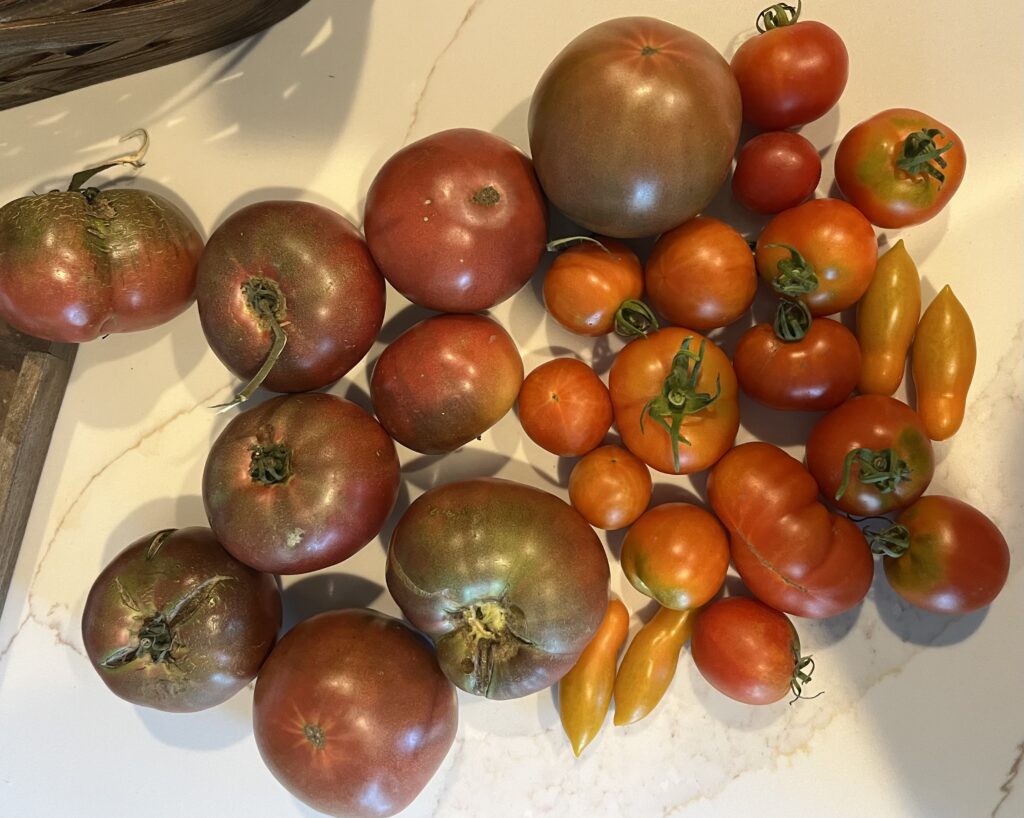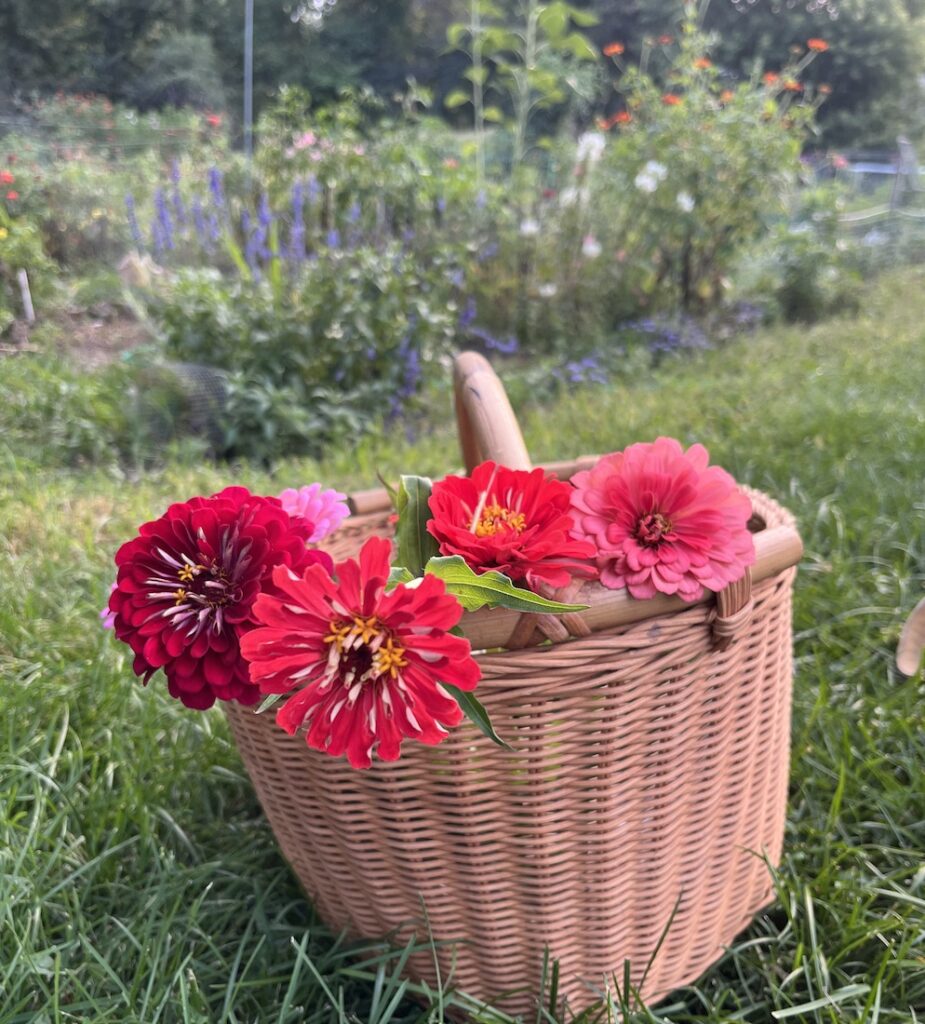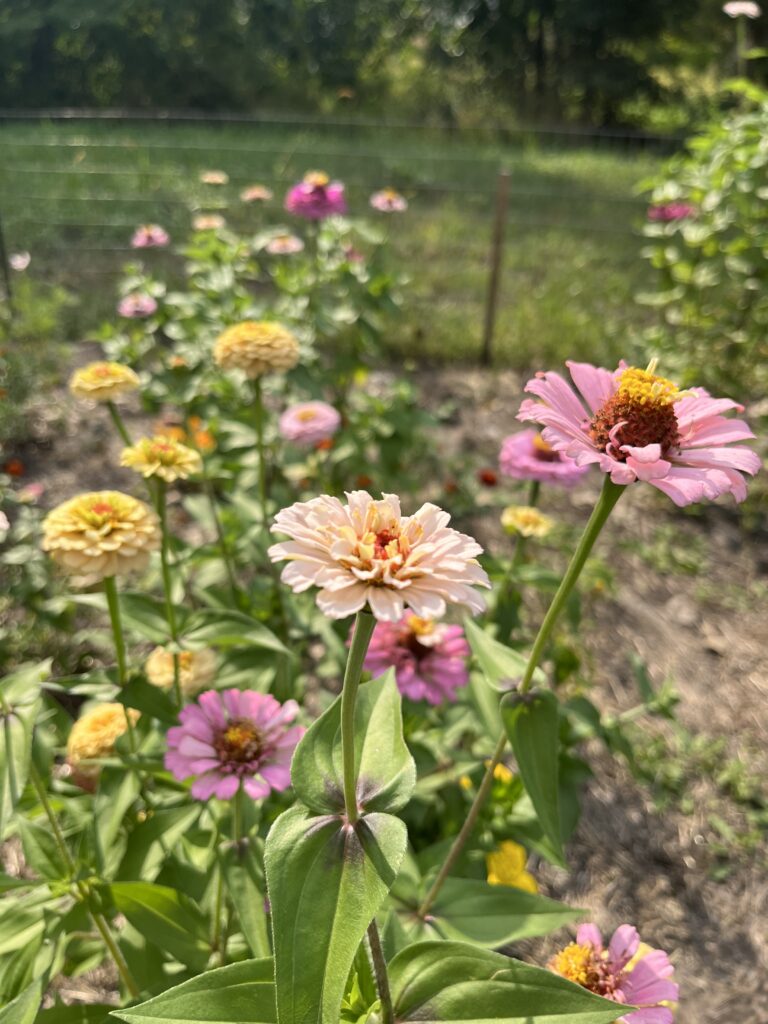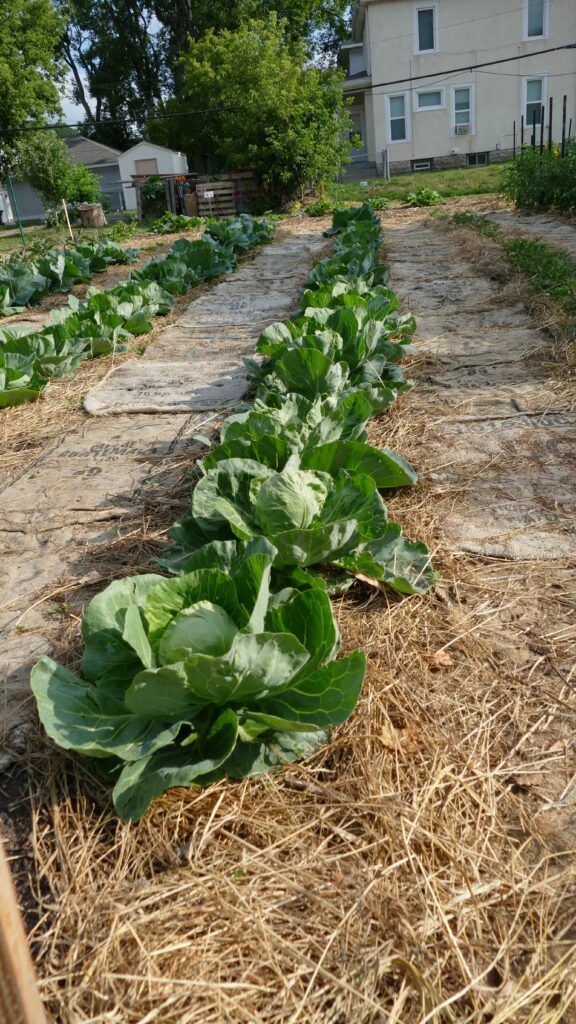I just finished my second season as a community gardener, and I’m hoping my third will be the best yet. Through trial and error (mostly error), I’ve learned a few things that might work for you if you are growing food or flowers in a community garden. Set these aside for spring — and have a great season!
Know the rules.
Every community garden is different. Mine is the “plot rental” style, in which individual gardeners each have an area (the Brits call them allotments) and they grow what they want on their plot. The only thing we community gardeners share is a hose and a love of gardening. In this type of garden, rules include things like stay in your own plot and keep your plot weeded. Other community gardens may involve raised beds, shared fencing or shared harvests, and rules related to that. Rules also will include things like when you can plant, what you can grow and when your garden has to be taken down at the end of each season.
Know what you are getting.
Besides knowing the rules, you should understand what garden organizers supply. If it does not supply a hose (I was in a garden that didn’t) think long and hard before booking a plot. Hauling water is back-breaking if your plot is far from the spigot. Some community gardens also supply shared tools or a place to store tools. If yours does not, invest in a sturdy bag (I have this one) and a small set of hand tools. You really only need a trowel, a hand pruner, some gloves and a weeding tool. If you have room for a larger shovel or hoe and you’re traveling back and forth from the garden by car, get those too.
Know your limits.
In a fit of enthusiasm, I took on two plots this year. Our plots are each 20 by 20 feet, so that’s a total of 800 square feet of gardening space. It was too much for me, especially given the rocky, poor soil in my second plot. Start small and build from there is a great garden mantra for any community gardener.

Grow only what you love.
Start by growing the foods you love to eat. Tomatoes, greens, hot peppers, eggplant—if you love it, grow it. If you’re so-so, don’t bother. Growing what you love will make being a community gardener enjoyable and delicious.
Grow some flowers.
For the pollinators and the people who visit your garden, grow a few flowers. Zinnias, marigolds, cosmos and sunflowers are the four horsemen of the vegetable patch. They are all easy to grow from seed and bring in bees and butterflies. If you choose the right variety and have a long season, you can even harvest sunflower seeds for eating. Plant the flowers along the edge of the garden to discourage critters.
Think about trellising.
Trellises cost money, require set up and take down as well as off-season storage and hauling to the garden. I love a good heirloom tomato, the kind that climb up a trellis and keep on growing. I do not love setting up trellises and taking them down, especially the big kind you need for heirloom tomatoes. That’s why next year I will grow only determinate tomatoes (also called bush tomatoes). I can manage those with tomato cages. Pole beans are another plant that requires trellising. I have an easy to put up and take down teepee-style trellis that I will continue to use. But if that were not in my budget, I would grow only bush beans, which are prolific and require no trellis. For cucumbers, I have a small homemade trellis that works reasonably well and that I can store in my garage. It’s easy to over-spend on trellising for your community garden.
Prepare to mulch.
Many community gardens are tilled every year, which brings weed seeds to the surface where they grow vigorously. The best approach is a thick layer of mulch around your plants, put down fairly early in the season. Straw is a good choice. Hay, which is made up of grasses, tends to be weedy, too, so avoid that.
Feed your plants and your soil.
If you are new to your garden, you won’t know what was growing there the prior year. It’s a good idea to work in some compost or organic matter around your plants. If you are going to be in the same plot next year, see if you can leave some of the organic matter in place. Tilling will work it in and help break it down. If you grow green beans, cut the spent plants off at the ground level to leave the roots in the soil. Beans are nitrogen fixers and can help build up the soil.
Get a rain gauge.
You’d be surprised how often the amount of rain differs between my home and my community garden, which was less than 3 miles away. Adding a rain gauge helped me know when I needed to water the garden and when I could let it go. My gauge cost less than $5 and was worth every penny.
Get to know your fellow gardeners.
Because of my schedule, I didn’t often meet other community gardeners at the garden, but when someone else was there, I always said hello. Gardeners are friendly, interesting people and we shared tips on soil, rain (a big issue in 2024), plants and our lives. Some gardeners lived in townhomes or condos but still liked to garden; others had big properties but wanted a separate vegetable space; one was a grower of prized dahlias.
Community gardens are about community as well as gardening. I hope you enjoy yours!



Yum, look at those delicious tomatoes! I nodded my head as I read your post. Happy dreaming about next year’s gardening season. 🙂